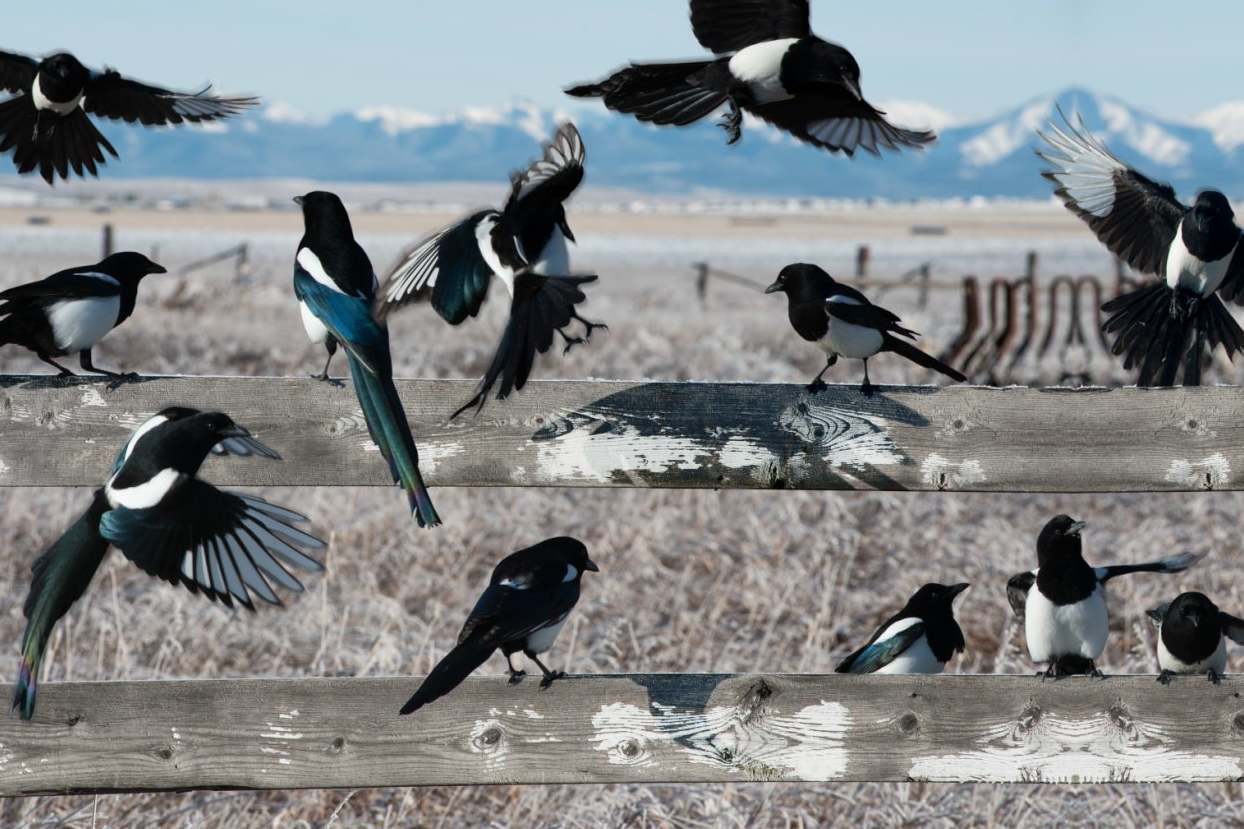One for sorrow, two for joy ... magpies are far from black and white
Scavenger, predator, thief or bringer of good fortune? Whenever David Barnett sees a magpie he salutes it. But there is more to this much-maligned corvid than meets the eye

For as long as I can remember I have been fascinated by magpies. There is no rhyme or reason for this. I never had a notable encounter with a magpie as a child nor saw one at an important juncture in my life. I simply feel a strong and magnetic affinity with what is both one of our most mesmerising yet much-maligned birds. So I decided to find out why.
First, the science bit. The magpie’s scientific name is Pica pica, and it belongs to the crow family of birds, or corvids. On average, magpies are around 45cm from beak to tail, with a wingspan of around 52-60cm. There are 600,000 breeding pairs in the UK, according to the Royal Society for the Protection of Birds, which gives it a conservation status of “green”, meaning the birds are not under threat.
What else does the RSPB say about the magpie? “With its noisy chattering, black and white plumage, and long tail, there is nothing else quite like the magpie in the UK.” Well, that’s a good start in terms of my vague and unformed attraction to them – it is a unique bird. “When seen close up, its black plumage takes on an altogether more colourful hue, with a purplish-blue iridescent sheen to the wing feathers and a green gloss to the tail.” This is possibly one of the most beautiful aspects of the magpie, as its monochrome silhouette becomes so subtly colourful the closer it gets.
Subscribe to Independent Premium to bookmark this article
Want to bookmark your favourite articles and stories to read or reference later? Start your Independent Premium subscription today.
Join our commenting forum
Join thought-provoking conversations, follow other Independent readers and see their replies